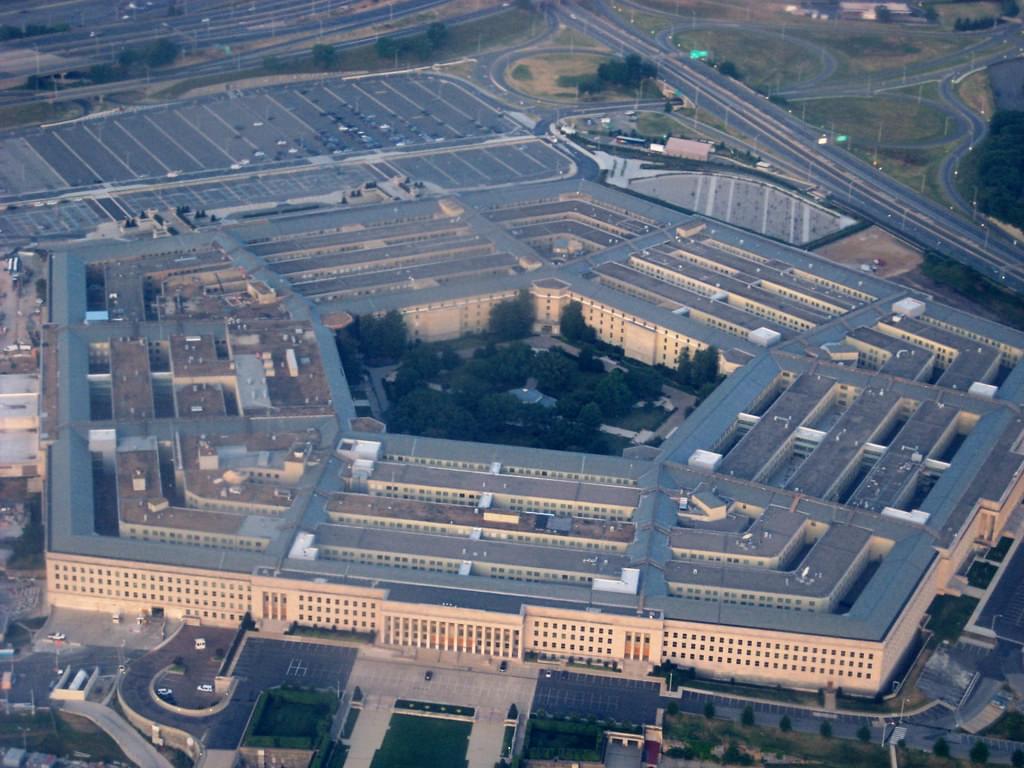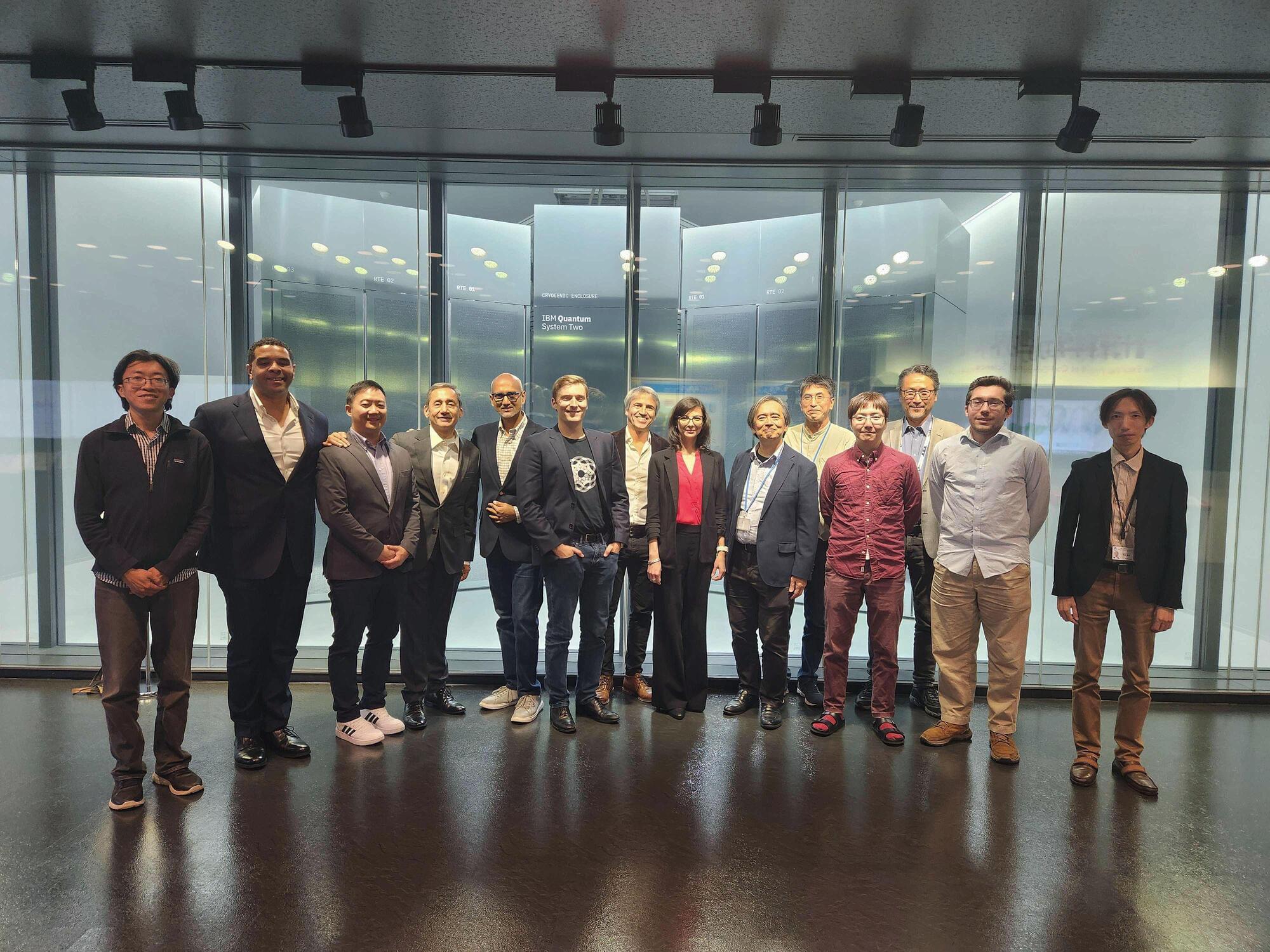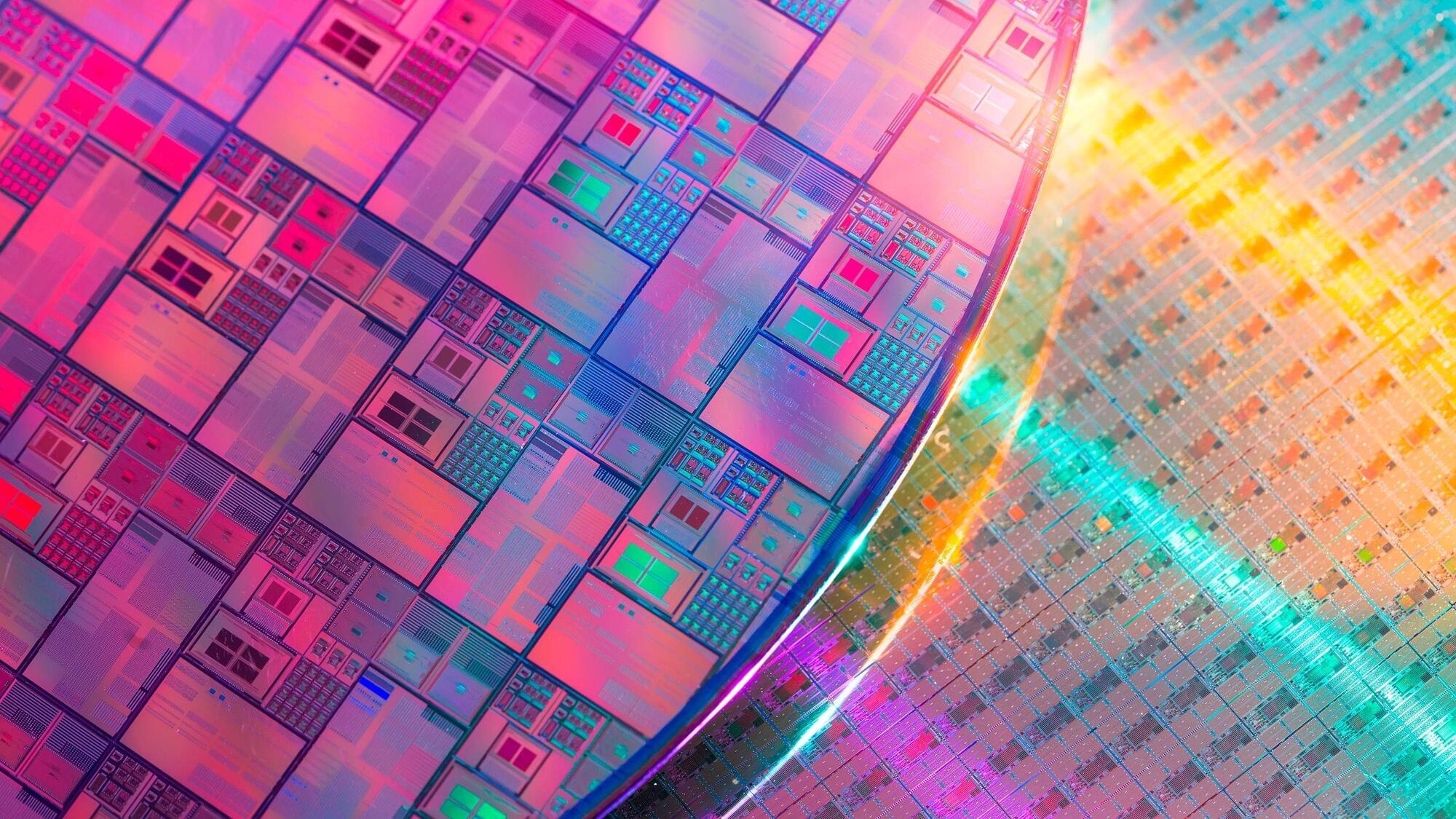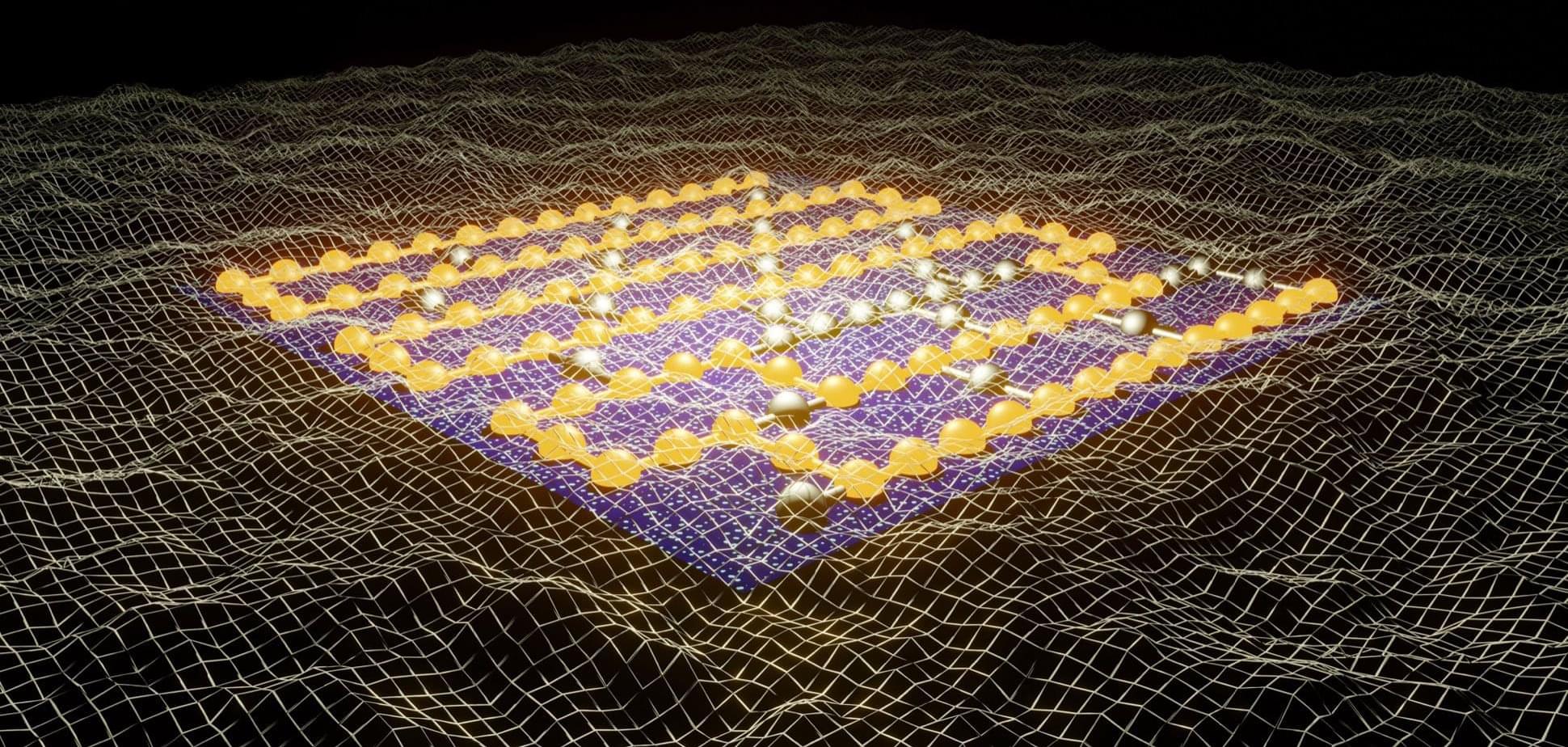The Pentagon has made quantum technology a central priority in a new six-part strategy outlining the future of U.S. military capability.







A broad association of researchers from across Lawrence Berkeley National Laboratory (Berkeley Lab) and the University of California, Berkeley have collaborated to perform an unprecedented simulation of a quantum microchip, a key step forward in perfecting the chips required for this next-generation technology. The simulation used more than 7,000 NVIDIA GPUs on the Perlmutter supercomputer at the National Energy Research Scientific Computing Center (NERSC), a U.S. Department of Energy (DOE) user facility.
Modeling quantum chips allows researchers to understand their function and performance before they’re fabricated, ensuring that they work as intended and spotting any problems that might come up. Quantum Systems Accelerator (QSA) researchers Zhi Jackie Yao and Andy Nonaka of the Applied Mathematics and Computational Research (AMCR) Division at Berkeley Lab develop electromagnetic models to simulate these chips, a key step in the process of producing better quantum hardware.
“The computational model predicts how design decisions affect electromagnetic wave propagation in the chip,” said Nonaka, “to make sure proper signal coupling occurs and avoid unwanted crosstalk.”
Designing quantum chips incorporates traditional microwave engineering in addition to advanced low-temperature physics. This makes a classical electromagnetic modeling tool like ARTEMIS, which was developed as part of the DOE’s Exascale Computing Project initiative, a natural choice for this type of modeling.
A large simulation for a tiny chip
Not every quantum chip simulation calls for so much computing capacity, but modeling the miniscule details of this tiny, extremely complex chip required nearly all of Perlmutter’s power. The researchers used almost all of its 7,168 NVIDIA GPUs over a period of 24 hours to capture the structure and function of a multi-layered chip measuring just 10 millimeters square and 0.3 millimeters thick, with etchings just one micron wide.


Electrons can freeze into strange geometric crystals and then melt back into liquid-like motion under the right quantum conditions. Researchers identified how to tune these transitions and even discovered a bizarre “pinball” state where some electrons stay locked in place while others dart around freely. Their simulations help explain how these phases form and how they might be harnessed for advanced quantum technologies.